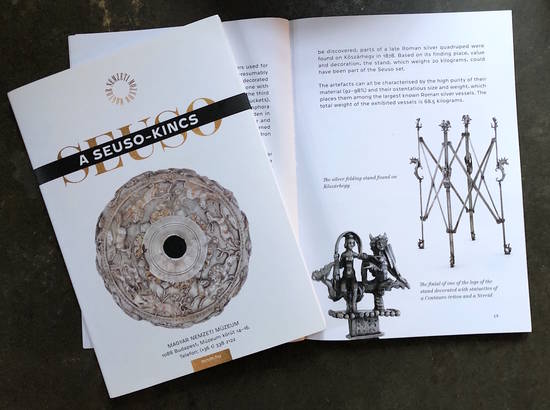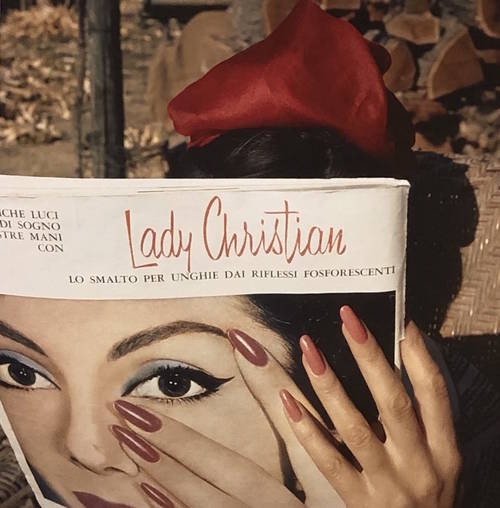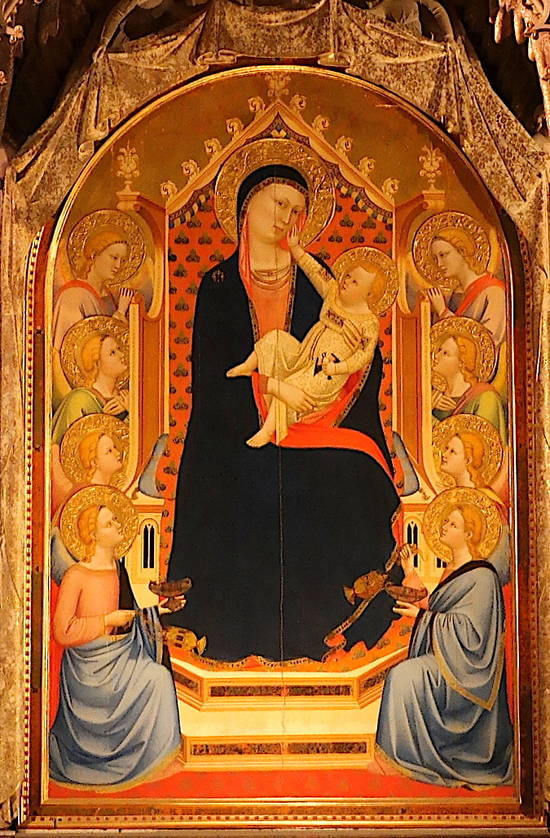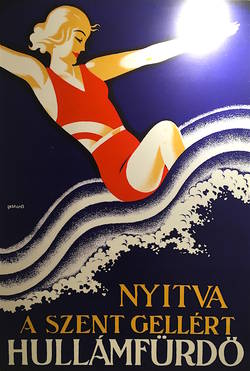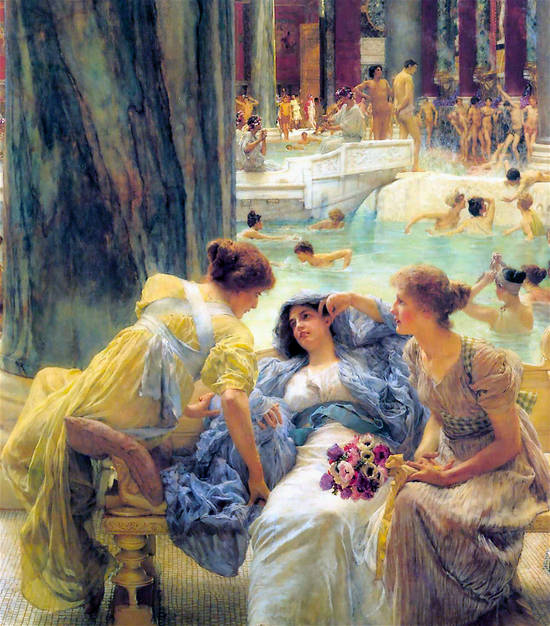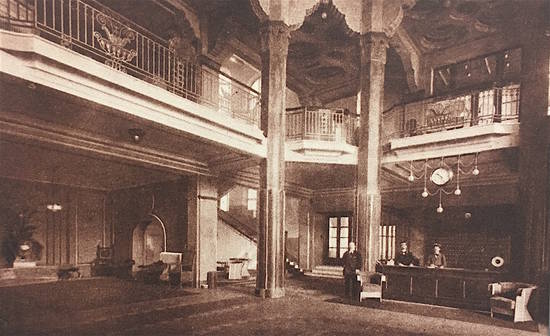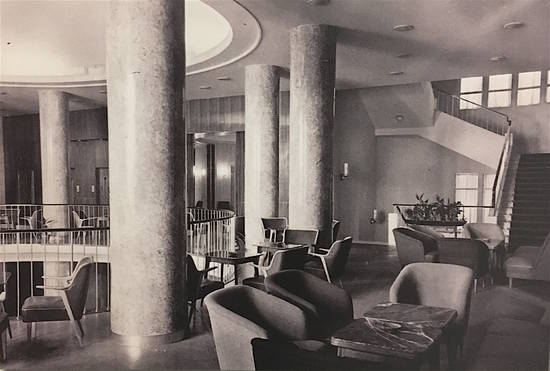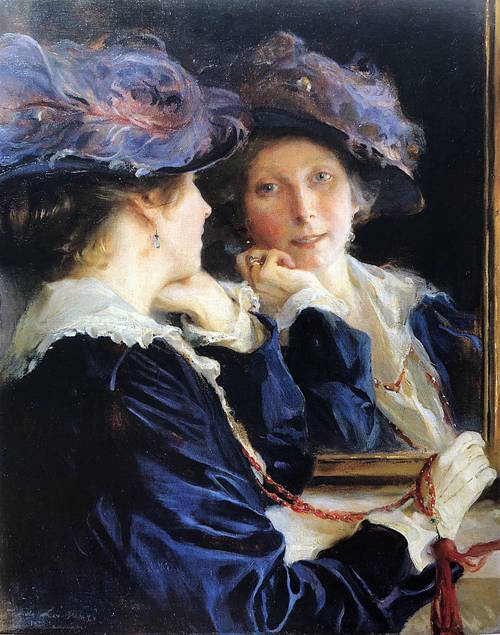
A rare treat for lovers of portraiture: a small show entirely dedicated to the work of Philip de László (1869–1937) is currently running at the Hungarian National Gallery in Budapest.
On the face of it, this should not seem altogether surprising. Hungarian gallery exhibits works by Hungarian artist. Not a headline-stealer, you might think. But the extraordinary thing about de László is, that this is the first exhibition devoted to his work to be mounted in his native city for almost a hundred years.
De László was the last—and for many, the finest—portraitist in the Grand Manner. His biography is a true example of life mimicking fairy-tale. Born into a humble family in inner-city Budapest, he rose to become the most sought-after portrait painter of his generation. He married an Anglo-Irish girl, Lucy Guinness, and settled permanently in England in 1907. During the course of an exceptionally successful career he painted more than 4,000 likenesses: heads of state (many of them crowned), lords temporal and spiritual, celebrated hostesses, heroes of the battlefield—and was much honoured in recognition, receiving the MVO from Edward VII and a grant of arms from Franz Joseph (to name but two of the 22 distinctions heaped upon him).
The sixteen works on display in this small show, all from de László’s mature period, represent a tiny fraction of his total output. His pace was feverish and scarcely slackened, except when he was interned as a person of ‘hostile origin’ during WWI. The portraits, both from public collections and on loan from private ones, are well chosen, a mix of the famous, the not-so-famous and the fascinating to google. Among them are Queen Elizabeth, the Queen Mother (when Duchess of York), Cardinal Mariano Rampolla (whose path to the papacy was blocked by Franz Joseph of Austria-Hungary) and General Artúr Görgei, anti-hero of the Hungarian War of Independence of 1849. But the success of a portrait need not depend on the fame of the sitter (only think of Frans Hals’ Laughing Cavalier). By no means all of de László’s subjects were household names, but with an artist of his skill, that is irrelevant. De László was brilliant at capturing a likeness. His portraits flatter but never falsify. The face is everything, and it is made to speak volumes. ‘Wonderfully clever,’ was Margot Asquith’s verdict on her portrait of 1901, ‘and much more interesting than I am’. This is possibly because there is so much left unsaid. Unlike, for example, Pompeo Batoni, the popular Italian portraitist of some hundred years previously, who threw suggestive contextual paraphernalia into his backgrounds (hunting dogs and fragments of Grecian urn, to anchor his subjects in their ‘milords-on-the-Grand Tour’ personas), de László rarely uses extraneous props. The result is an impression of irresistible glamour. De László may have had extraordinary powers of psychological penetration but he also got to the essence of his sitters by the simple expedient of chatting to them. Many became lifelong friends. One gets the impression that sitting for him was fun. Unlike Sargent, who ultimately disliked a lot of the people who made his reputation, Eeyore-ishly admitting that ‘Every time I paint a portrait I lose a friend,’ de László’s experience and approach was entirely the opposite. He liked people. He was a showman, garrulous and energetic. A lovely touch in this exhibition is a little cine film snippet that shows him darting about his studio with quick, robin-like movements.
There is also a sense of the thrill of the chase. One of the aims of the De Laszlo Archive Trust is to complete the Catalogue Raisonné of all de László’s works, the whereabouts of many of which are still unknown. But when a lost painting does float to the surface, the excitement is palpable. At the opening night of this exhibition, four generations of one family were present in the room: the sitter and her children staring out from one of the portraits and the grand-daughter and great-grand-daughter among the assembled guests. The group portrait in question had only just come to light, in eastern Hungary. Hiding in plain sight. But de László is not well known in his native country. Partly because he left it and made his name outside. Partly because the monarchs and prelates of the age he depicted were hopelessly bad cadre under Communism. Not all of their reputations have recovered (Admiral Horthy, Mussolini, Kaiser Wilhelm II) but as de László himself insisted—in a remark which has become famous and serves as the title of this exhibition—he painted people, not politics. And nowhere is this more obvious than in the portraits of his family. The portrait of Lucy (their relationship was not without its trials but remained devoted) is an exceptionally accomplished work, using the device of the mirror to play with ideas of reality and illusion, the paradox of the viewer viewed. Perhaps this little jewel box of an exhibition does something similar in the variety of ways it displays its artist to us. De László is manifoldly manifest. These are his portraits, of course. One of them is even a self-portrait. And then there is the cine-clip. But he is present in three dimensions too, in the form of a small sculpture by Paul Troubetkzkoy. A lovely example of the limner limned.
I am an Artist of the World runs at the Hungarian National Gallery in Budapest until 5th January.







